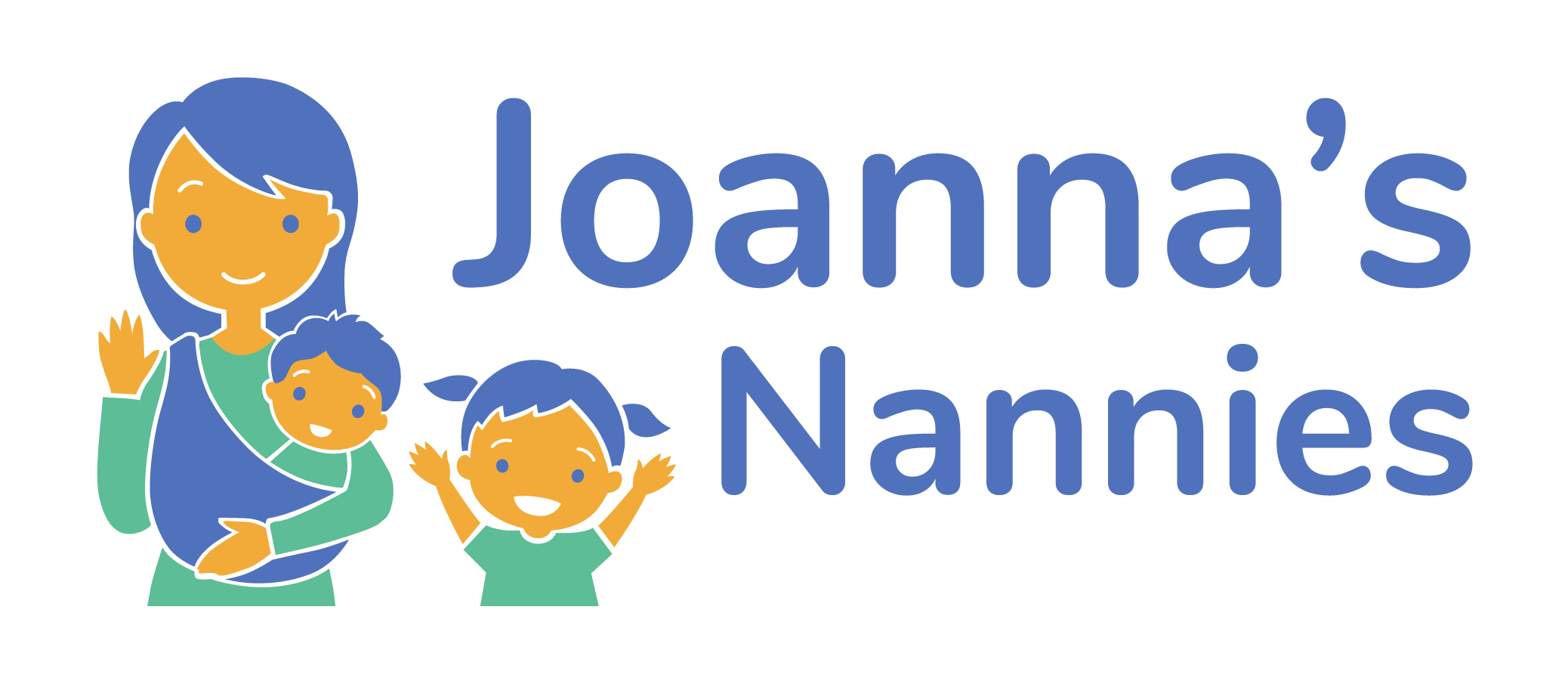COVID-19: Tips to Protect Your Child and Family
When your child, or a child you care about is sick, it is natural to want to do everything you can to help them be comfortable and get better as soon as possible. It is generally common for parents to dive in, and offer as much comfort as possible to the child, and often that means they get sick themselves. When it comes to COVID-19, however, this method becomes a slippery slope. General reports indicate that older people or those with existing health conditions have a harder time with COVID, and are more likely to have a severe reaction or require hospitalization than younger patients. No matter what, however, it is best to be prepared for a bad reaction to the virus, regardless of your personal risk.
Kids With COVID-19 Need Care
Sick or not, it is important to care for young children. If they have been tested for COVID or have a known exposure, even if they have little or no symptoms, they may need to be isolated. They also need to be monitored for more severe signs, such as breathing problems, confusion, or persistent pressure in the chest. In that case, they will need immediate professional care.
In kids under 10, COVID-19 can look a lot like a cold or mild flu. Symptoms may include:
Fever or chills
Cough and/or sore throat
Fatigue
Muscle and body aches
Congestion or runny nose
Headache
Nausea
Diarrhea
If it is COVID, these symptoms appear two to 14 days after being exposed to the virus. Children will need comfort, but caregivers still have a responsibility to protect themselves as much as they can. Here are a few tips.
Designate a Single Caregiver
Having as few people as possible in contact with the sick person limits exposure and spread. The adult caregiver can take steps to socially distance themselves from others while they are caring for the needs of the child. When possible maintain distances of six feet or more and wear a face mask when in contact with the child, and gloves when dealing with any messes that result from their illness. Limit touching as much as possible, and practice frequent handwashing and sanitize areas where the child has had a lot of exposure, especially the bathroom. If it is possible, allow the child to use a bathroom that is not used by other members of the household.
Be Obsessive About Cleanliness
In many ways, COVID germs seem to be stickier than regular cold germs, so cleanliness and hygiene become even more important. It is important to wash your hands with soap and water frequently and avoid touching your face as much as possible. Every effort should be made to teach the child to cough and sneeze into a tissue and discard it properly, or to use hand sanitizer.
Keep the environment, especially the bathroom and the child's room, clean by regularly wiping down surfaces. If possible, open windows to increase ventilation.
Take Care of Yourself
While there is no definitive proof of the effectiveness, it is possible that supplements like vitamin C, zinc, and vitamin D may boost the immune system overall. Taking these supplements, along with good nutrition, may be another way to better guard yourself against the virus, or reduce its impact on you. Make an effort to get a good night's rest to have the fuel to face the challenges of the day.
Watch Out for Your Own Symptoms
If you have to be the one to care for a child with COVID, it is possible you will get sick, even if you make every effort to take precautions against it. Be sure that everyone in the household follows guidelines to protect themselves, and quarantines themselves for a full 14 days if they have been exposed. Even if you do not have symptoms, you may still have the virus. Get tested and be sure that you have a negative test before returning to your regular activities.
If you do have more severe symptoms, such as difficulty breathing, get medical help. Your local health department should be able to guide you on the correct procedures in your area.
Author Bio: Patrick Bailey is a professional writer mainly in the fields of mental health, addiction, and living in recovery. He attempts to stay on top of the latest news in the addiction and mental health world and enjoys writing about these topics to break the stigma associated with them. If you want to find more articles by Patrick, you can find them on his personal blog or in Sunshine Behavioral Health.
Sources
www.cdc.gov - COVID-19 in Children and Teens
cdc.gov - How to Protect Yourself & Others
canada.ca - How to care for a child with COVID-19 at home: Advice for caregivers
who.int - Coronavirus disease (COVID-19) advice for the public

